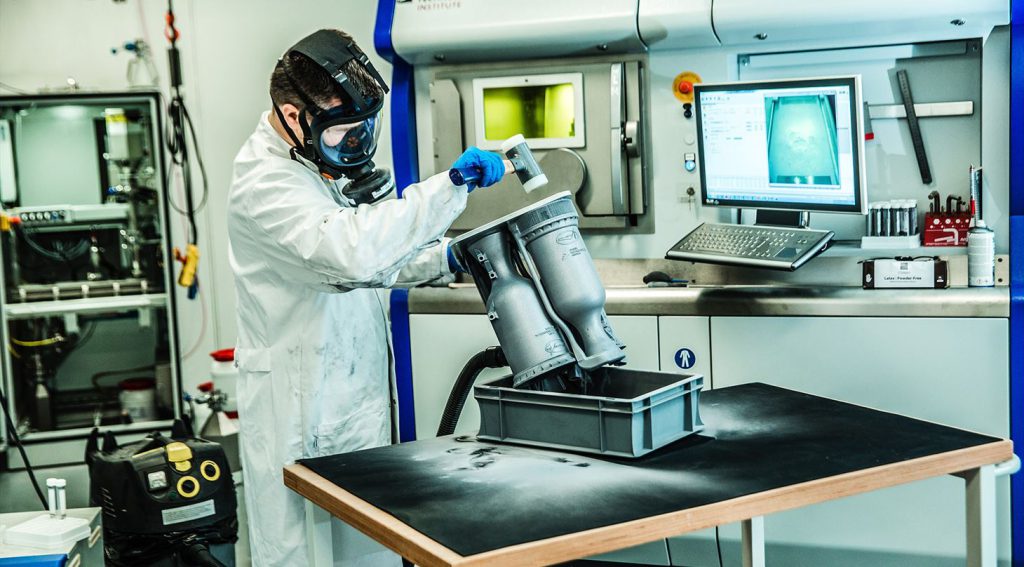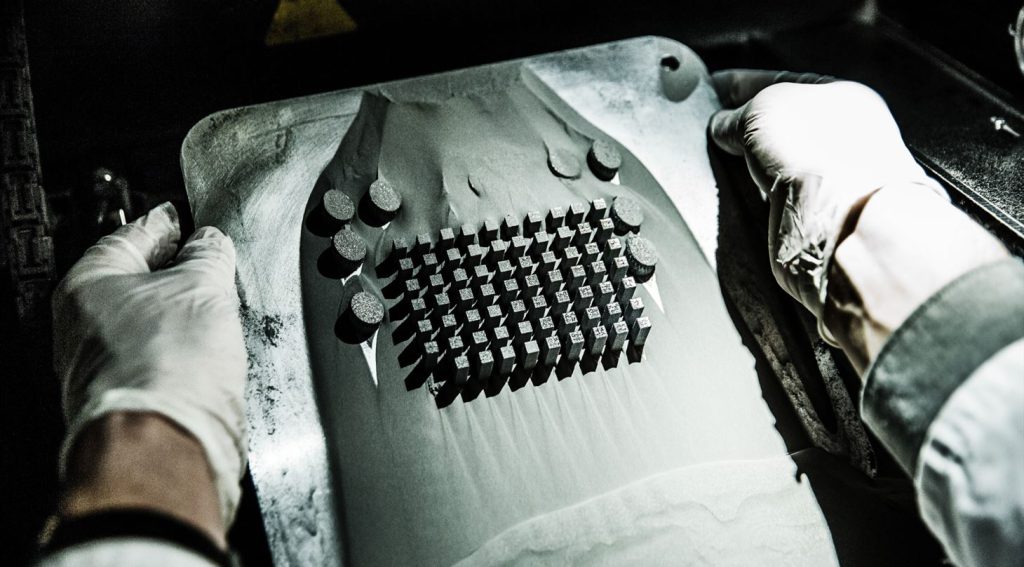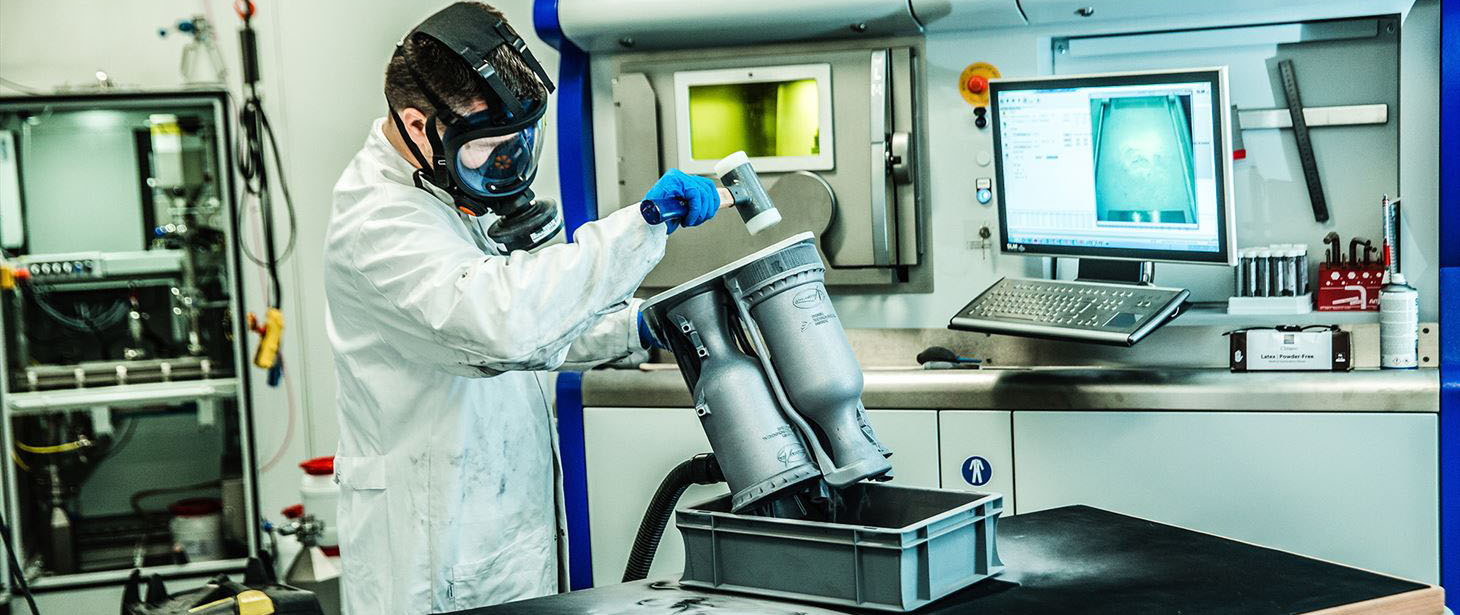While additive manufacturing (AM) has gained significant movement over the past ten years, more and more challenges have risen at about the same rate. Gartner provided an overview of their Hype Cycle and has pointed out four barriers AM must remove to gain a proper place within manufacturing:
- Cost. Better planned processes are required to bring down prices.
- Quality. Better documentation on material properties.
- Scalability. “As of today, scalability remains a major challenge with no acceptable solution in sight” – Gartner
- Confidence. The advantages and disadvantages of AM must have adequate documentation and communication to the market and stakeholders.
We see 3D printing becoming the final step in producing routine parts for the last customer more frequently. It usually happens on highly customisable and complex items while still being costly. Yet, more and more B2B companies have realised the benefit of having a 3D printer for making on-demand spare parts to save inventory costs.
A good example was how defence contractor Naval Group manufactured an entirely 3D printed propeller for a French Navy ship and added that instead of casting a whole new one. So, we have an example of a successful 3D printed job. Why is 3D printing still a challenge to integrate into existing product lines?
In this article, we will jump into some of the essential areas you must be aware of, and avoid potential pitfalls, if you already have additive manufacturing as part of your production process.

The digital challenge – what data do you need?
Our digital experiences on AM have been on what should you capture from your 3D printer. Many printers already have different sensors critical for operation (e.g., temperature detection, gas detection, oxygen detection, and air flows).
However, those exact sensor measurements can also correlate with the quality of the part produced within the printer. Consequently, it can be challenging to figure out what sensors within the machine are crucial for detecting these qualities within the elements.
Together with the Technical University of Denmark (DTU), we experimented with capturing relatively simple data because we were reading directly from the machines and then transforming and storing the data in a database. Fairly simple. However, what becomes challenging is when you introduce new types of sensor measurements, such as using an infrared camera to monitor the laser beam and the power of the laser beam it deposits onto the building surface.
A laser beam travels super-fast and produces A LOT(!) of high-frequency data. We are talking gigabytes upon gigabytes of data per day just for monitoring a melt pool. While real-time monitoring of the melt pool is an essential part of AM to detect any unpredicted faults, it is critical to be aware of the amount of data that needs storing in a scalable way.

Automation, data acquisition, and data monitoring challenges
A 3D printer is a standalone machine in the production facility. While 3D printing is still a new technology compared to its alternatives, a change of pace has picked up over the last 10 to 15 years. It requires a lot of manual steps to produce parts, which is the costly part – if not the most expensive part.
Even though some 3D printers are the size of old mainframes back in the 20th century (size of a couch), they still require a person to take items in and out of the machine. The good news is that there are ways you can automate this process. Naturally, the fewer manual steps you have, the cheaper it will become to have a 3D printer producing units.
While AM OEMs create newer versions of 3D printers using robotics to automate trivial tasks (such as moving an item from point A to point B), it can be a good idea to examine the full quality assessment. Doing this is cheaper than having an engineer inspect each item printed on small-scale production.

One way to use digital tools to automate parts of the 3D printing process is to acquire more data for quality checking during the printing process. Receiving data and then automating the accept/reject step could save crucial time for manufacturers.
Relying on an operator to examine, for instance, a temperature graph and say, “ok, that temperature looks good”, should be removed and replaced with a trigger that will point out if you need to look at this data as this is not within the requirements.
Should the operator continue to approve something that is always 2°C above the threshold, you will probably need a feedback loop to adjust those thresholds. That is where you can use machine learning or some other adaptive software tools.
IT integration challenges
The 3D printers have improved so rapidly each year for years now. As machines become more frequently an integral part of a more extensive product line, it has become ever so critical for them to integrate into existing systems. The OEMs are very much aware of the IT integration challenges. And this is where we currently are. 3D printer OEMs are looking into a more standardised setup where homogeneous protocols communicate with another machine in the same IT ecosystem.
Before, they would produce CSV files you could extract from the printer. Now, you can start exposing specific interfaces that developers can directly ask the machine for particular types of sensor data.
The abovementioned smoothens the IT integration challenge and makes everything easier to work with instead of looking at a text file and trying to interpret the data. A standardised specification of what the data should look like, the documented quality reporting, or resolution figures increases the confident usage of additive manufacturing.
--------------------------------------------------------------------------------------------------------------------
Created by Rasmus Petersen, Software Consultant at SCADA MINDS.

